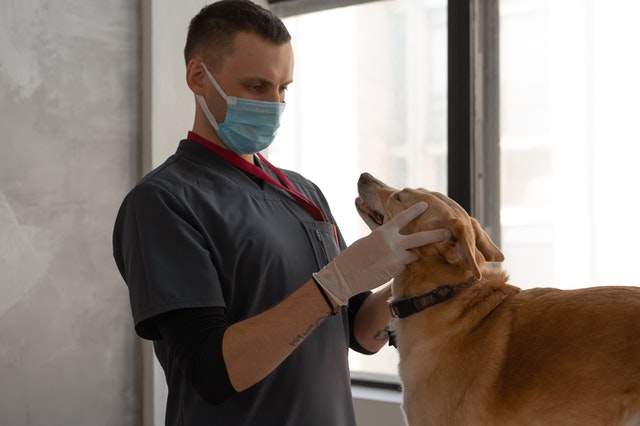Are You Planning to Take the VTNE? Here’s What You Should Know
To work as a veterinary technician, you’ll typically need to pass a test. Most states don’t allow just anyone to work as a veterinary technician. Rather, states have licensing and/or certification requirements for this profession. Among these requirements is a passing grade on the Veterinary Technician National Exam (VTNE). Only after passing the VTNE can you become licensed and/or registered as a veterinary technician in your state.
Overview of the VTNE
Administered by the American Association of Veterinary State Boards (AAVSB), the VTNE is a test that’s designed to evaluate the knowledge and competency of aspiring veterinary technicians. It consists of roughly 200 questions, all of which are multiple choice. The questions, of course, focus on the veterinary technology curriculum.
According to the AAVSB, the VTNE takes the average candidate three hours to complete. It’s performed exclusively on the computer. To take the VTNE, you’ll need to visit a PSI testing center, which offers computers to all test-takers.
The Purpose of the VTNE
While the VTNE is designed to evaluate the knowledge and competency of aspiring veterinary technicians, states use it for credential purposes. Most states require veterinary technicians to score a passing grade on the VTNE before they can practice. Only a handful of states make the VTNE voluntary, including Colorado, Connecticut, Florida, Massachusetts, Minnesota, New Jersey and a few others. Unless you intend to work as a veterinary technician in one of these select states, you’ll typically need to complete and pass the VTNE. Doing so will allow you to become a licensed and/or registered veterinary technician.
You can download a list of all state requirements regarding the VTNE by visiting the AAVSB’s website here.
What’s a Passing Grade?
The grade that you’ll need to score to pass the VTNE will vary depending on your state. Different states use different scoring systems with a different minimum grade for passing. Some states, for instance, use a 200 to 800 scoring system and require a minimum grade of 425 to pass. Other states use a 0 to 100 scoring system and require a minimum grade of 70 to pass. Regardless, all states leave at least some room for error. You won’t need a perfect score to pass the VTNE. You can technically get some of the multiple-choice questions wrong while still passing the VTNE.

Complete a Veterinary Technology Program
Before signing up to take the VTNE, you should complete a veterinary technology program. Many states require candidates to complete an American Veterinary Medical Association (AVMA)-accredited veterinary technology program before they can take the VTNE. Veterinary technology programs, of course, are higher-education courses that teach students about veterinary technology, including the duties and responsibilities of veterinary technicians.
Veterinary technology programs take about two years to complete, which is about half the time required for a Doctorate of Veterinary Medicine (DVM) program. Whether it’s required by your state or not, though, you should consider completing a veterinary technology program. It will help you prepare for the VTNE. By completing a veterinary technology program, you’ll gain a deeper level of insight into the field of veterinary technology. And with this knowledge, you’ll have an easier time passing the VTNE.
Study Hard
Studying is essential to passing any test — and the VTNE is no exception. You can’t expect to pass the VTNE without studying for it. How do you study for the VTNE exactly? Assuming you completed a veterinary technology program, you can review your course materials. You may have books, papers and reports left over from the veterinary technology program. Reviewing these course materials will allow you to study for the VTNE.
You can also take a practice test to study for the VTNE. Practice tests are offered by the AAVSB. They cost $45 and consist of 75 questions. Because they are offered by the AAVSB, practice tests typically feature similar questions to those found on the official VTNE, which is also offered by the AAVSB. Unlike the official VTNE, however, grades don’t matter. Taking a practice test allows you to familiarize yourself with the VTNE’s format, as well as its questions, while better preparing you for the real deal.
Don’t Give Up
You may not pass the VTNE during your first attempt. Fortunately, you can retake it if you fail. The AAVSB doesn’t have a limit on how many times candidates can retake the VTNE. If you can fail the VTNE, you can sign back up to retake it. The VTNE is administered three times per year. You can sign up to retake it during any of these three-times-per-year windows.
Keep in mind that there are a few states with restrictions on retaking the VTNE. If you fail the VTNE more than two or three times, you may have to jump through additional hoops to retake it. You should check your state’s requirements for retaking the VTNE beforehand

